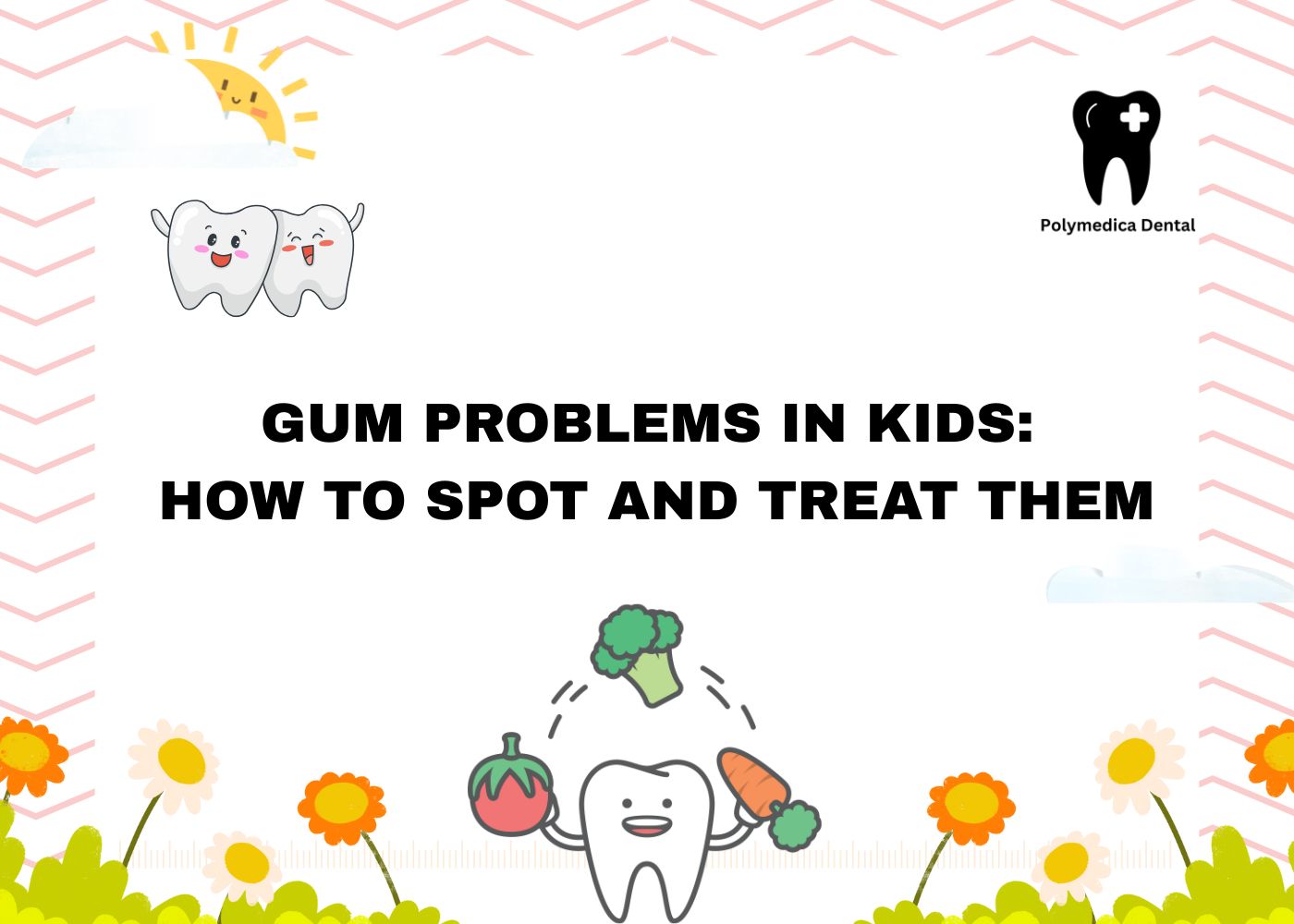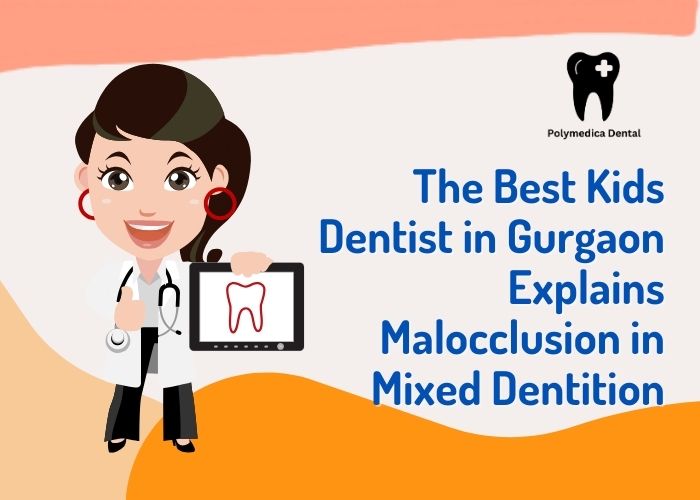

Malocclusion refers to the misalignment or incorrect positioning of teeth when the upper and lower dental arches come together. What is malocclusion in mixed dentition? It specifically relates to this condition during the mixed dentition stage, which typically occurs between ages 6 and 11. This phase is marked by the presence of both primary (baby) teeth and emerging permanent teeth, creating a unique environment where dental relationships are constantly changing.
Characteristics of Mixed Dentition
The mixed dentition stage has several key features:
Common Malocclusions in Mixed Dentition
During this stage, various types of malocclusion can occur:
Importance of Early Recognition
Identifying these types of malocclusion early during mixed dentition is crucial because this period offers an opportunity for corrective measures to guide proper dental development effectively.
Malocclusion is caused by a combination of factors, including both genetic and environmental influences. Understanding these factors can help you identify potential risks early on.
Genetic and Hereditary Factors
Genetic factors play a significant role in the development of malocclusion. Traits such as jaw size discrepancies or tooth crowding often run in families, making children more likely to experience malocclusion if their parents had similar issues.
Environmental Influences
Environmental factors during fetal development can also impact jaw formation. Maternal health, nutrition, or exposure to toxins may disrupt normal growth patterns and increase the risk of malocclusion.
Injuries or Premature Loss of Primary Teeth
Injuries or the early loss of primary teeth can disturb the natural guidance for erupting permanent teeth. This disruption can lead to misaligned bites or spacing problems as adjacent teeth shift into empty spaces.
Oral Habits
Certain oral habits, such as thumb sucking, tongue thrusting, and prolonged pacifier use, can apply abnormal pressure on developing teeth and jaws. If these habits persist beyond early childhood, they may contribute to open bites or crossbites.
Understanding how these factors interact can provide insight into why some children develop malocclusion during the mixed dentition stage. It also highlights the importance of early evaluation by a kids dentist in Gurgaon.
Detecting malocclusion early during the mixed dentition phase significantly improves treatment outcomes. An early diagnosis malocclusion allows intervention before permanent teeth fully erupt, guiding proper jaw growth and preventing more severe orthodontic problems.
The Best Kids Dentist in Gurgaon performs a thorough pediatric dental examination Gurugram that includes:
Advanced diagnostic tools enhance accuracy:
Regular kids dental checkup benefits include timely identification of subtle misalignments. This proactive approach at a specialized kids dental clinic in Gurgaon ensures malocclusion is managed effectively during this critical growth period.
Interceptive orthodontics Gurgaon offers targeted treatments designed to address malocclusion during the critical mixed dentition phase. These treatments aim to guide proper jaw growth, correct bite discrepancies, and align teeth before permanent dentition completes.
Key approaches include:
Myobrace® therapy kids benefit from a non-invasive method that targets the root causes of poor dental development—mouth breathing, tongue thrusting, and incorrect swallowing patterns. This appliance trains muscles while gently repositioning teeth, making it ideal during mixed dentition when growth potential is high.
Understanding what is malocclusion in mixed dentition helps parents recognize that early treatment at a trusted kids dental clinic in Gurgaon can simplify or even eliminate the need for complex orthodontics later.
Selecting the Best Kids Dental Clinic in Gurgaon for managing malocclusion requires careful consideration of several factors:
Look for clinics with pediatric dentists trained specifically in mixed dentition and orthodontic issues. Their knowledge ensures accurate diagnosis and appropriate treatment plans.
A clinic equipped with modern diagnostic tools like digital radiographs, dental casts, and 3D imaging supports precise evaluation. Availability of a range of interceptive orthodontic appliances is essential.
The clinic should provide a welcoming atmosphere that reduces anxiety and encourages cooperation from young patients. Friendly staff, playful decor, and distraction techniques make visits comfortable.
Checking best pediatric dentist Gurgaon reviews offers insights into patient satisfaction, treatment outcomes, and dentist-patient communication styles.
Choosing a clinic that meets these criteria enhances the likelihood of effective malocclusion management during critical growth stages.
Early orthodontic treatment in kids offers significant advantages that extend well beyond immediate dental correction. Addressing malocclusion during the mixed dentition phase enhances both esthetics and function of the teeth and jaws. This improvement supports a child’s healthy self-image by reducing visible dental irregularities such as crowding, overjets, or deep bites, which can affect social confidence.
Key benefits include:
The benefits early orthodontic treatment kids gain highlight why prompt evaluation and management by a specialized pediatric dentist are crucial steps toward long-lasting dental health and confident smiles.
Understanding what is malocclusion in mixed dentition and addressing it early can greatly impact your child’s oral health. By opting for comprehensive pediatric dental care in Gurgaon, you can ensure that alignment issues are detected and managed promptly during this important growth stage.
A professional evaluation by an experienced kids dentist can help:
Make it a priority to schedule early dental visits for your child. This proactive approach will not only protect their teeth and jaws but also lay the groundwork for a lifetime of good oral health and self-esteem.
WhatsApp us